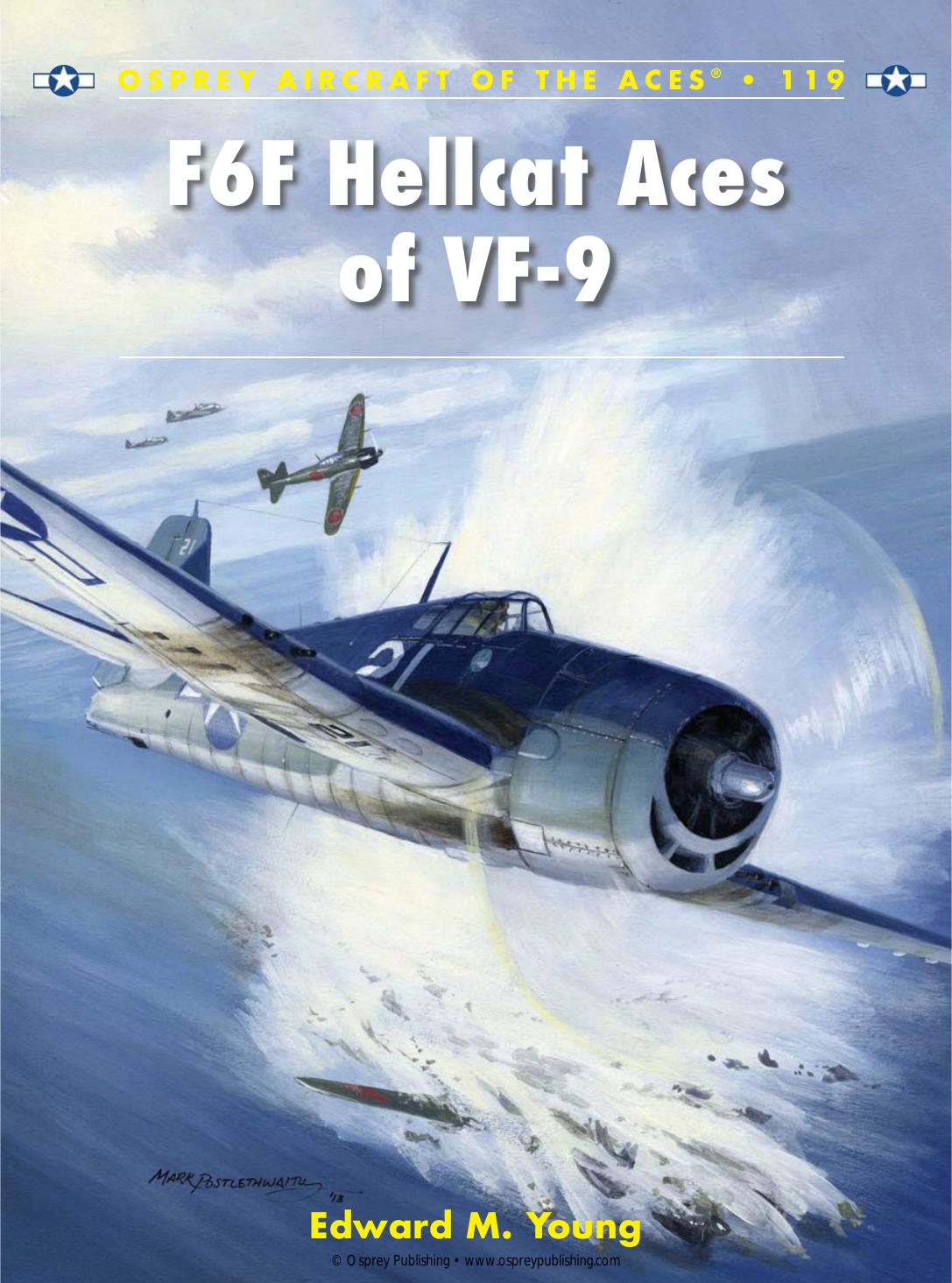Product desciption
F6f Hellcat Aces Of Vf9 Edward M Young by Edward M. Young 9781782003373, 1782003371 instant download after payment.
After Pearl Harbor, the US Navy's VF-9 carrier fighter group formed, seeing action in North Africa, The Marshalls, Kwajelein, Truk, the Marianas Turkey Shoot and on to Tokyo and Okinawa.
VF-9 was activated in March 1942 as part of Carrier Air Group (CAG) 9, one of the many air groups the US Navy was hurriedly forming in the aftermath of the Japanese attack on Pearl Harbor.
Equipped with Grumman F4F Wildcats, VF-9 first saw combat during the Allied invasion of North Africa in November 1942, where the squadron engaged Vichy French fighters over Morocco. Returning to the United States, VF-9 became one of the first squadrons to receive the Grumman F6F Hellcat and to deploy on the USS Essex, the first of its class of fleet carriers that would form the backbone of the US Navy's Fast Carrier Task Force. VF-9, the Hellcat, and the Essex all entered combat in the fall of 1943.
In the hands of the squadron's pilots, and with other Navy fighter squadrons, the Hellcat proved superior to the Imperial Japanese Navy's A6M Zero, which had heretofore been the world's premier carrier fighter plane. During its second combat tour, beginning in August 1943, VF-9 participated in the initial stages of the US Navy's successful island-hopping campaign across the Pacific.
Flying strikes against Marcus Island, Wake Island, Rabaul, the invasions of Tarawa and Kwajalein, and the attack on Truk, VF-9 helped prove the Hellcat as a fighter and supported CAG-9 in its relentless attacks on Japanese forces, helping to validate the concept of the multi-carrier task force and the new carrier doctrine that led to the US Navy's complete defeat of the Imperial Japanese Navy. During its second combat tour VF-9 claimed 120 Japanese aircraft and produced the first Hellcat ace in Lt(jg) Hamilton McWhorter and nine additional aces. VF-9 began its third combat tour in February 1945 aboard the USS Lexington, shifting to the USS Yorktown a month later. The squadron participated in the February strikes against Tokyo and played a significant role in the Okinawa Campaign from March to June 1945.
Now equipped with the F6F-5 Hellcat, the squadron claimed 130 Japanese aircraft shot down. Ten VF-9 pilots became aces during the campaign, most notably Lt Eugene Valencia, who ended the war as the second highest scoring Hellcat ace and tied with Lt Cecil Harris as the US Navy's second highest scoring ace overall with 23 victories. Valencia's division became famous as the most successful fighter team in the US Navy during World War 2, claiming a combined total of 43 Japanese aircraft. In addition VF-9 had one of the US Navy's few nightfighter aces in Lt(jg) John Orth, who flew an F6F-5N Hellcat.


